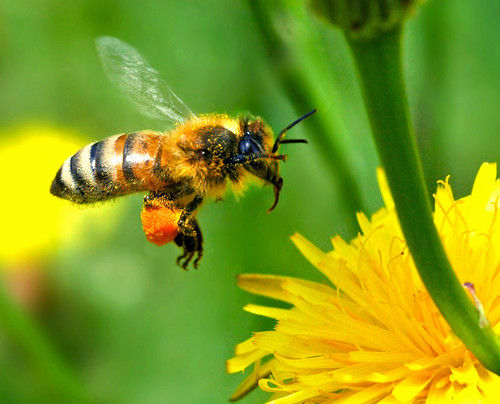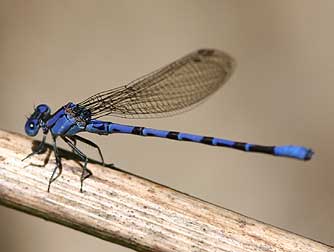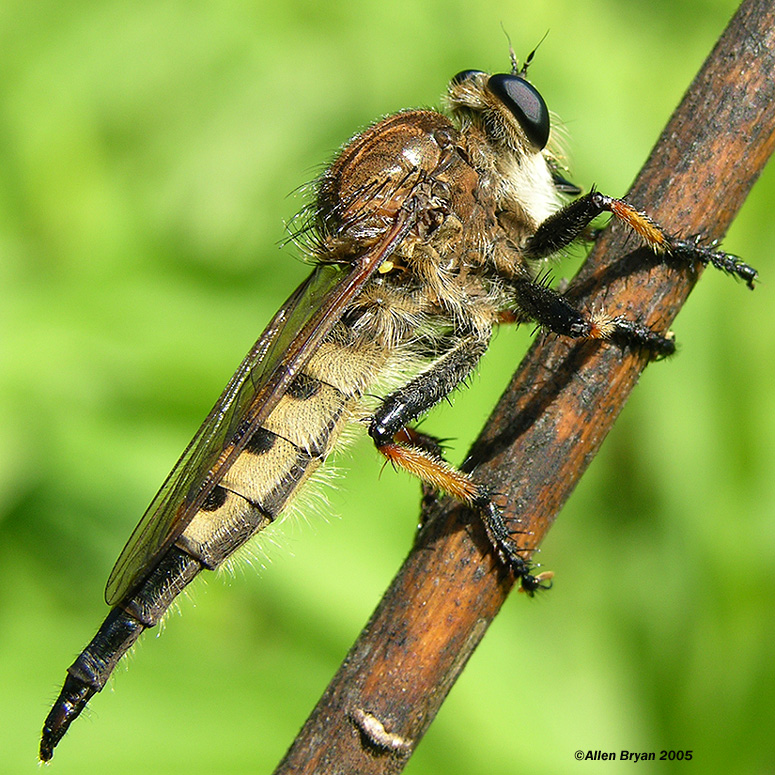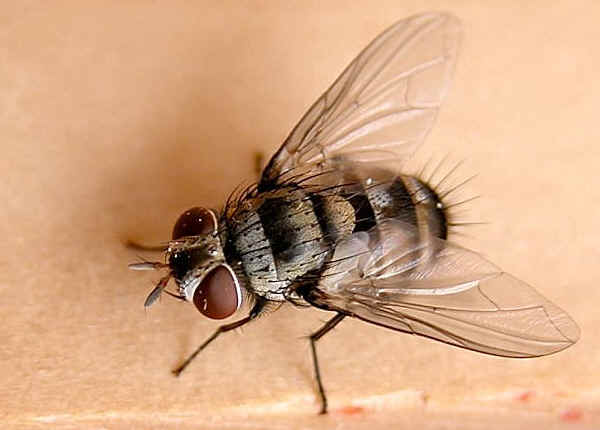Hello everyone! Hope you're refreshed and enjoying yourself after the 4th weekend. We had a great time relaxing with friends and family. Even snuck in a discussion of peak oil and its ramifications here and there...poolside, no less. Ah, sweet irony.
After my blog on nasty garden bugs, I promised to follow up with this one, which will feature some of the dudes you want to keep around. So if you see these guys, please don't raise your fist or get out your pinching claws. These are the ladies and fellahs who help support your organic jones. Don't kill them!
Now why do they support your organic jones? Because diversity is the key to a healthy garden (and many other things, but we're talking gardens here). If you have a plethora of veggies, foliage, fruit, and bugs they all get to benefit from one another. Multiple plants draw in multiple bugs which helps balance their populations (i.e. they eat each other like mad). This is probably also why mono-cropping organically, particularly on a large scale, is an unlikely prospect. We want riots of color, texture, and variety.
Many of these bugs you probably recognize right off, like the adorable ladybug.
 (image courtesy: http://www.allergizer.com/50226711/dealing_with_ladybug_allergies.php)
(image courtesy: http://www.allergizer.com/50226711/dealing_with_ladybug_allergies.php)Fewer Spots
 (image courtesy: http://photoalbum.davison.ca/ZhenPhotoDiary/Pages/..%5CPages%5CLadybugs.cfm)
(image courtesy: http://photoalbum.davison.ca/ZhenPhotoDiary/Pages/..%5CPages%5CLadybugs.cfm)Slightly different shape
 (image courtesy: http://www.ent.iastate.edu/imagegal/coleoptera/lady/0156.29cmaculata.html)
(image courtesy: http://www.ent.iastate.edu/imagegal/coleoptera/lady/0156.29cmaculata.html)Why we really love them - beheading an aphid
 (image courtesy: http://www.ladybugindoorgardens.com/controls.html)
(image courtesy: http://www.ladybugindoorgardens.com/controls.html)Next, of course, is the bee of which there are many varieties. The honeybee is a major pollinator and is also falling prey to a mysterious illness euphemistically called Colony Collapse Disorder, which you can read more about here.
 (image courtesy: http://www.flickr.com/photos/56119072@N00/519742656/)
(image courtesy: http://www.flickr.com/photos/56119072@N00/519742656/)Get well soon, little fellah!
 (image courtesy: http://www.carolinabees.com/about/bees/)
(image courtesy: http://www.carolinabees.com/about/bees/)If you really want a massively hungry and warlike creature in your garden (a good warlike creature, a scourge, if you will) then be sure to cultivate any and all friendships with these guys:
 (image courtesy: http://commons.wikimedia.org/wiki/Image:Praying_mantis_india.jpg)
(image courtesy: http://commons.wikimedia.org/wiki/Image:Praying_mantis_india.jpg)Mantises eat flies and aphids and the bigger dudes actually have a taste for meat, stalking lizards, frogs, birds, rodents, and snakes! Holy camoley.
Lacewings are a common garden visitor, as well, and someone you want to be friends with. While the adults stick to pollen and aphid honeydew, the larvae are voracious feeders, pigging out on aphids, caterpillars (yes!), beetles, scale insects, leafhoppers, thrips, small flies, mites, and sometimes one another. I guess they're temperamental.
Here's a good website on lacewing activity with loads of pictures.
Lacewing nymph
 (image courtesy: http://adlib.ac.uk/adlib/content.aspx?doc=10816&id=10835)
(image courtesy: http://adlib.ac.uk/adlib/content.aspx?doc=10816&id=10835)Another keeper is the ground beetle. It eats anything it can catch and kill, including grubs. Hang on to them. They only come out at night and they mind their business. Don't pick them up, though, because they emit a nasty smell.
If you're lucky you might spot a robber fly. I saw a couple of these over the past few weeks in the back yard and I didn't know what they were until just now (as of this writing when I found them online!)...they look like mean-ass dragon flies but they eat all sorts of things we prefer not to be bothered with ourselves, such as wasps. Call in the robber flies and avoid the poison sprays! They also eat grasshoppers and other prey as big as themselves oftentimes. Now that's some insect muscle flex!
The tachinid fly does us a favor by laying its eggs on another species, typically caterpillars but also bugs and grasshoppers. The eggs eventually hatch and burrow into said species, basically using it as a food source. Like that giant alien did to humans in the Alien series (Sigourney, I love you!). Very medieval nasty stuff. But hey, in this case, we benefit. There are 1300 species of tachinid fly in North America - mostly they're gray, black, or striped, but they can be hard to distinguish from regular house flies.
 (image courtesy: http://www.cdc.gov/nceh/publications/books/housing/figure_list.htm)
(image courtesy: http://www.cdc.gov/nceh/publications/books/housing/figure_list.htm)Predatory wasps do much the same thing. You can tell a predatory wasp from a regular wasp because the predator is smaller. The ones I've seen are a slightly orangey color and have small greyish-bluish wings - they remind me of flying tripods, sort of like a cross between a wasp and a fly.I'm not sure if they sting humans, but they haven't ever bothered me (then again, I'm not the sort of person who freaks out when they see a wasp or bee). They eat aphids, whiteflies, and moths, such as cabbage loopers and hornworms. Think small attack drone, specially designed for dangerous reconnoitering missions.
Here are a few more to keep around - be friendly-like...
Centipede - slugs, worms, fly pupae
 (image courtesy: http://ruudvisser.wordpress.com/2007/01/)
(image courtesy: http://ruudvisser.wordpress.com/2007/01/) (image courtesy: http://www.bentler.us/eastern-washington/insects/default.aspx)
(image courtesy: http://www.bentler.us/eastern-washington/insects/default.aspx)Rove Beetle - aphids, springtails, mites, nematodes, slugs, snails, maggots, and compost makers
 (image courtesy: http://www.duke.edu/~jspippen/naturephotos/beetles.htm)
(image courtesy: http://www.duke.edu/~jspippen/naturephotos/beetles.htm) (image courtesy: http://entomology.unl.edu/images/beneficials/beetles/bene_beetles.htm)
(image courtesy: http://entomology.unl.edu/images/beneficials/beetles/bene_beetles.htm) (image courtesy: http://www.worsleyschool.net/science/files/yellow/jacket.html)
(image courtesy: http://www.worsleyschool.net/science/files/yellow/jacket.html) (image courtesy: http://www.spiderzrule.com/superstitions.htm)
(image courtesy: http://www.spiderzrule.com/superstitions.htm)Soldier Beetle - aphids, caterpillars, grasshopper eggs, beetle larvae
 (image courtesy: http://www.geocities.com/brisbane_beetles/CANTHARIDAE.htm)
(image courtesy: http://www.geocities.com/brisbane_beetles/CANTHARIDAE.htm)So that just about does it...I'm sure there are many more and I thought about including earthworms, which are my personal favorite garden creature. But I think I'll dedicate a whole blog to the precious worm.
In the meantime, please know your bugs. Get to know them. Watch them. See if you can catch them eating. I got to watch a lady bug take down an aphid bite by bite last week - it was amazing! Re-think the use of broad-spectrum pesticides...use diversity to invite good bugs to do your dirty work for you.
Two good websites for more information:
http://www.gardenguides.com/pests/tips/beneficial.asp
http://www.govlink.org/hazwaste/house/yard/problems/goodbugs.cfm



















10 comments:
*shudder* That was a creepy, informative post. Thanks for doing all the research. I love me some lady bugs. =)
We have many, many blue mud dauber wasps at our new place. They don't bother us a bit because they're not at all aggressive, but I just learned that they prey primarily on black widow spiders! On the one hand, I think that's great. On the other hand, it prompts me to wonder, just how many black widows do we have?!!?
You are so helpful!
Also, in researching spider mites, I found that "use of a broad spectrum insecticide" was cited as one main cause for an outbreak. Another reason to rethink!
cool post...I only have container gardens, but I'm amazed (even on the second floor balcony) how much bug activity they get up there! My general rule is unless it's clearly devouring my plants or biting me, I try to leave it alone.
This is the best benificial bug blog post I have seen. Great job.
Thanks, guys! I wanted to get it all in one place because I've been seeing so many lately. 'Tis the season!
I. Love. Bugs. And spiders and such, except for centipedes, they still creep me out.
I loved reading this, I always wish people would know more about how beneficial bugs are to our existence, how mandatory they're 600 million year reign has been to our planet's evolution and success!
I was wondering where you got a lot of your information, or if you know of a website that would have information such as "How many insects a year spiders consume." Or how many harmful insects or something.
I loved it! I look forward to more entomology specific posts! ^w^
Hello Dameon,
Thank you for your kind words! I gathered the information for this post from the many websites I visited (linked under the pictures), as well as from my gardening books at home (my favorite being Rodale's Encyclopedia of Organic Gardening). Thanks for reading!
Just thought you might like to know people are still reading this post ;) I actually have it bookmarked to help my 4 year old and I identify all the creep-crawlies in our backyard.
I do feel slightly guilty about my use of chickens as broad spectrum pesticides. Sadly, they eat the good and bad bugs and have found creative ways to get over and through the garden fence. But at least the love them some squash beetles!
I love learning about all of these helpful insects.
Post a Comment